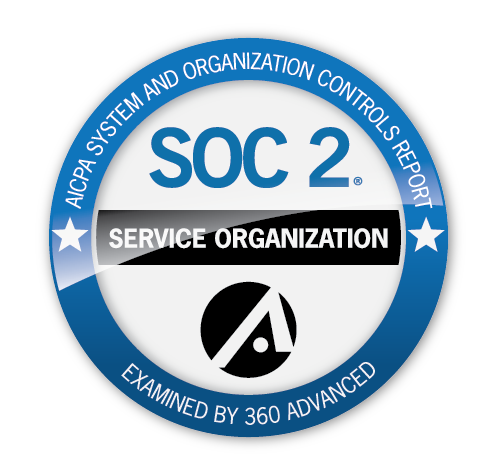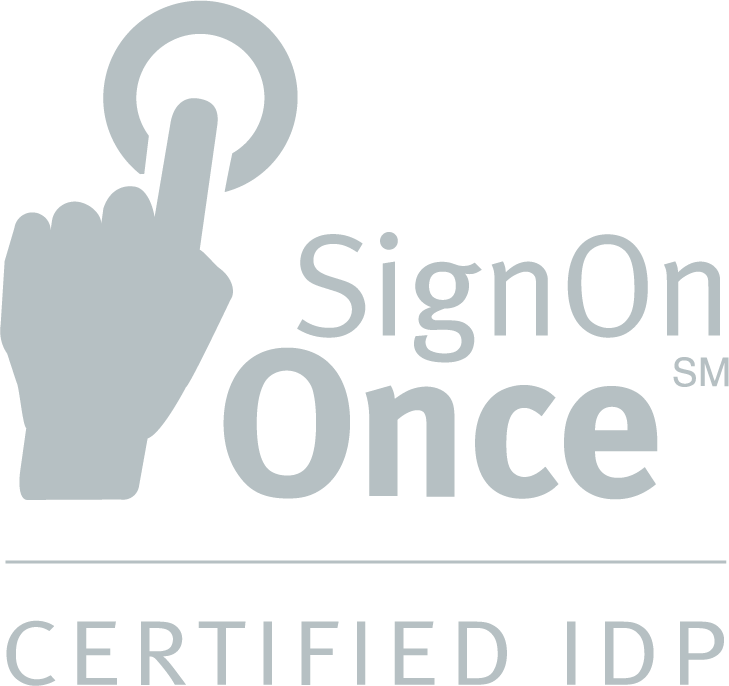Carriers must provide an onboarding and compliance experience that offers a forward-looking approach to data security, user experience, and compliance management. Improved experiences mean better efficiency and less friction throughout the process. In the questions below, read the perspectives of industry leaders Anatole Tartakovsky, Chief Technology Officer at SuranceBay, and Tim Owen, Vice President of Product Management at Vertafore.
What are the big advancements you’ve seen for agency onboarding?
Anatole Tartakovsky: The industry is at a place now where we’ve embraced the need for a truly digital experience for agent onboarding. We’re moving away from building platforms that just replicate analog processes and toward seamless agent onboarding. The goal is an integrated, comprehensive experience with a greater focus on validating data and the compliance requirements for producers writing business with carriers.
Tim Owen: Agreed! And that progress in onboarding is starting to move through the full life cycle of the carrier-agent relationship. Post-onboarding, insurers have to manage changes that occur throughout these relationships—compliance issues, location changes, and agents who leave the industry. Maintaining a full life cycle relationship requires moving away from singular, momentary status updates and constant, repetitive data-entry tasks. Agents don’t want to enter the same information multiple times as it changes. So, there’s a recognized need for a full-spectrum experience where information does not go undetected, and data is collected once.
What pain points still exist for agency onboarding?
Tim: There are ever-increasing education requirements for compliance, especially in product training, as well as best interest training, so it is critical for carriers and distributors to track and manage this information in real time. Improving credential tracking and recording is more important than ever because satisfying these requirements has become more onerous and time consuming for agents.
Anatole: Sometimes, agents satisfy their training and compliance requirements but don’t immediately write new business. So, compliance enforcement does not become necessary until an agent submits new business. This “just in time” approach to relationship management requires carriers to constantly track information and validate compliance with up-to-date, contract specific requirements when the contract is submitted, which might occur months after an agent’s initial compliance submission.
As a new generation of agents comes into the industry, how are carriers responding to their heightened expectations for technology?
Tim: We are all operating in a consumer world that absolutely expects technology to function seamlessly. Younger users are just not impressed by online forms, and they are less tolerant of cross-platform experiences that feel different and clunky. They want easy, intuitive platforms that offer an end-to-end integrated experience. And they expect technology to just work—seamlessly. In the past, challenges involved convincing people to adopt and use new technology. Today, adoption is not a problem. Instead, it is keeping up with the rapidly evolving expectations users have for their tech interactions.
Anatole: These new expectations bring opportunities for InsurTech providers to show up for their customers. As users expect more from their solutions, the industry is meeting the challenge with more integrations, partnerships, and open-platform design.
Any new technology must allow producers to extend their reach so they can develop broader and deeper specializations. To achieve that, carriers are looking for compliance solution providers that can encompass all levels of their distribution chain across all product lines. The new digital platforms provide the efficiencies that allow producers, distributors, and carriers to focus on their core business without spending valuable time on administrative tasks.
In any industry, digital transformation can create roadblocks and conflict within organizations. Are we seeing this with carriers, and how are they solving it?
Anatole: Carriers are vested in the way they do business and with their proprietary relationships, and InsurTech providers respect that. For us digital transformation is a process with a well-defined roadmap that includes multiple checkpoints for increased efficiency, improved customer experience, and the ability to capture and analyze data to inform business decisions. An ability to adapt and meet expectations is crucial for success in such environments.
Tim: There are carriers that want to customize their portal experiences, but they also want to leverage software solutions. That can limit the capabilities these platforms provide and ultimately create. Some carriers are also working with legacy systems that might not work perfectly with the front-end user experience they are trying to create. In other words, the back-office systems can’t keep up with the front-end improvements. So, there are real opportunities here for carriers to partner with technology providers to bridge, augment, or in some cases replace, legacy systems.
How are industry solutions managing the tension between building digital-first experiences and protecting sensitive data?
Tim: Any solution must first protect and secure sensitive data. The InsurTech industry is tasked with building products that anticipate and include strict data protocols and the industry is working on best practices to reinforce these developments. Right now, we can minimize data misuse and leakage by providing unique identifications for organizations that allow proper identification without sharing or exposing confidential information.
Anatole: Using verified data also reduces unnecessary exposure, so it improves safety, security, and efficiency. Prioritizing verified data over manual data-collection processes helps identify and eliminate fraud and many other rising issues.
How can InsurTech help carriers deal with increasingly complex compliance requirements?
Anatole: Facilitating communication and interactions between all stakeholders—carriers, agencies, individuals, education providers, and regulators—is an industry priority. We are becoming cross-integrated data warehouses. Our platforms must talk to one another to do the work and to take the burden off producers’ shoulders. Instead of being encyclopedias of information, it is our job to turn data into actionable information that drives business.
Tim: If there’s one thing technology should do well, it’s the ability to simplify and automate complex, cumbersome processes. Compliance requirements change every year, and technology can (and does) make the shifting sands of compliance manageable for carriers. But just like carriers no longer expect a single person (or even a single group of people) to memorize and track every requirement, solutions that only focus on one part of the compliance lifecycle won’t cut it. We’re now at a point where tech vendors need to collaborate to provide insurers with an integrated, seamless experience so they can optimize their distribution-related compliance processes.
The future of compliance and distribution management is exciting and there is so much opportunity for streamlining, creating efficiencies, and improving the agent onboarding experience. As compliance regulations continue to become more burdensome, we are finding ways of helping carriers manage their agency relationships and providing producers with more opportunities to spend time with their clients.
About the SuranceBay and Vertafore partnership
As InsurTech leaders working with carriers and insurers, Vertafore and SuranceBay have partnered to provide the industry’s only end-to-end distribution and compliance solution for life, health, and annuity products.
Vertafore’s Sircon for Carriers® portfolio of integrated products provides the flexibility that helps insurance carriers build more effective, profitable, and compliant distribution channels. Built to manage the distribution channel with the advantages of automation, carriers can connect directly with producers, offer them better communication and convenient self-service to become a carrier of choice.
This strategic partnership improves the marketplace, allowing the end-to-end solutions for IMO customers to become more streamlined and automated.
If you’re ready for forward-looking solutions with proven results, see how Vertafore can help


